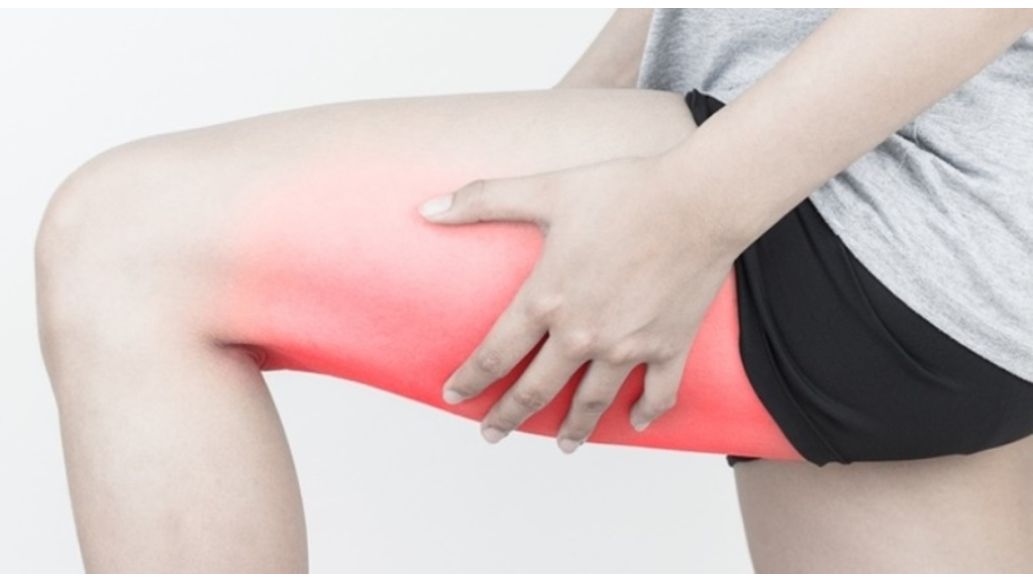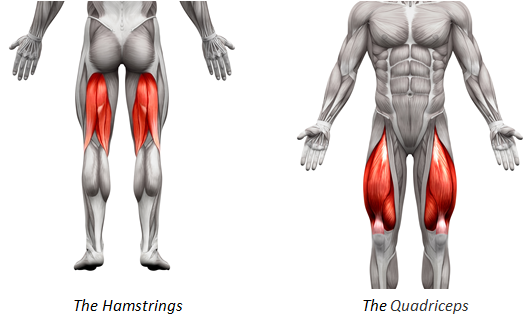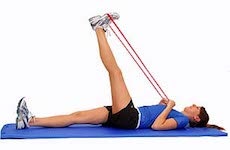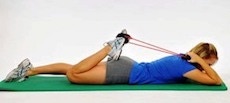If you’ve ever played a game of pickup basketball or gone for a jog, then at some point you’ve probably experienced a quad or a hamstring strain. That pinching, tight feeling in the front or rear of your thigh happens to be one of the most reported injuries athletes experience across all sports.
What exactly are the hamstrings and quadriceps?
Well, the hamstring isn’t really a single string at all. It is a group of three muscles in the rear of the thigh that run from the pelvis to the lower leg bones, attaching on the sides of the bone. The quadricep is a group of four muscles on the front of the thigh that run from the pelvis to the top of the knee bones.
Hamstring and Quad Injury Grades
There are three grades of strains: knowing which one you have can help you determine your treatment options.
Grade I – This is a mild strain. General tightness, soreness, and a little swelling can be noticed. You’ll still have a normal walking gait and range of motion and there will only be a small twinge of pain.
Grade II – This is a more severe strain. Sudden, sharp pain will be present and your fully moving your leg or putting pressure on it will cause pain. There will be mild bruising and swelling at the site of the suspected injury location. Normal walking gait will be difficult and your range of motion will be affected.
Grade III – This is the most severe grade and is often a torn muscle. You’ll probably be unable to walk without some aid. Swelling will appear immediately and a painful muscle contraction will produce a bulge in the muscle. Bruising will be extreme and develop over 24 hours. You should see a doctor immediately following a potential tear. You can expect to be out of your activities for at least 12 weeks with this grade of injury.
Treating a Strain
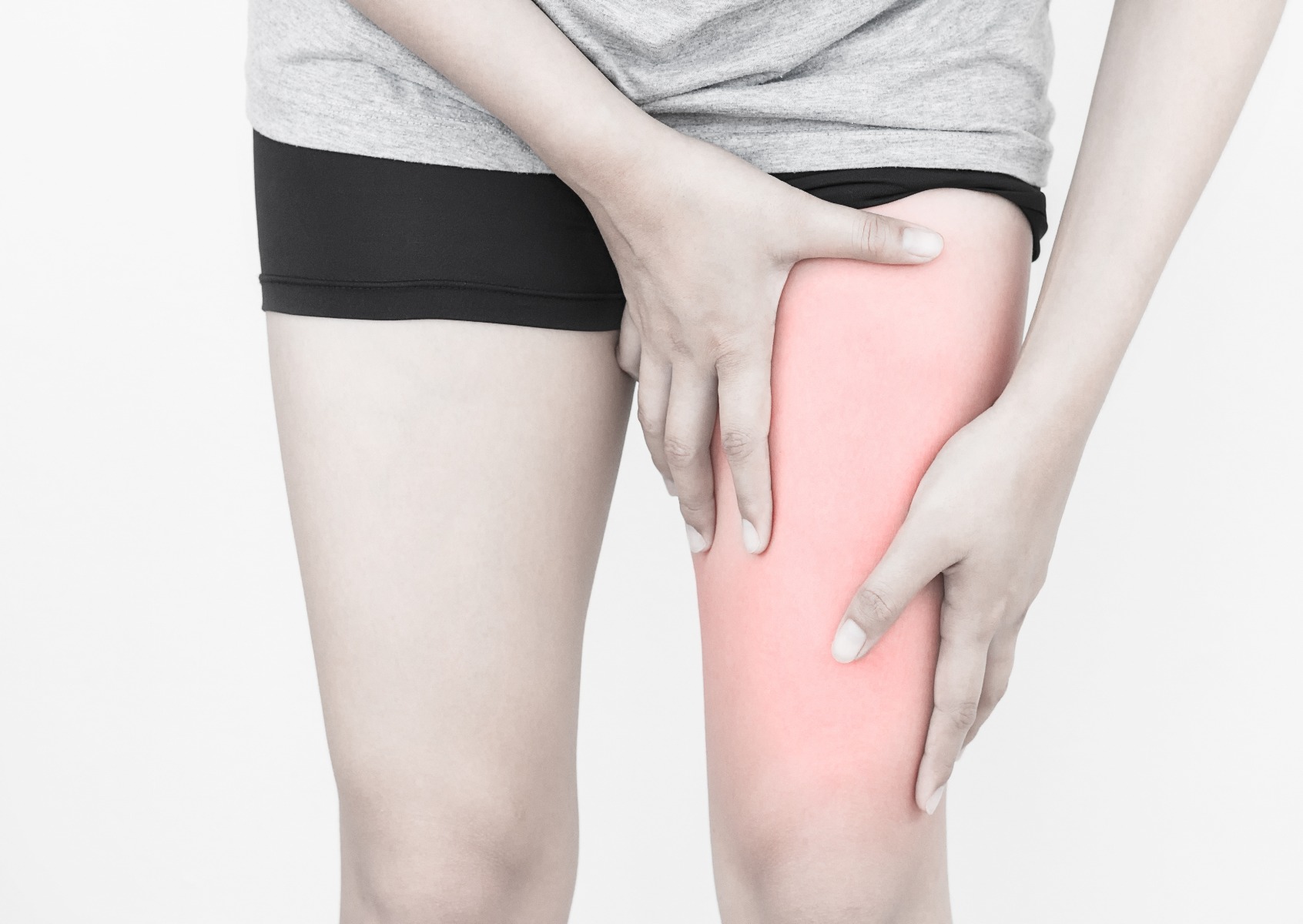
The go-to protocol to use is called RICE. It stands for rest, ice, compression, and elevation. You can use this method to help treat any grade of hamstring or quad injury no matter where you are.
R – Whenever you strain a quad or hamstring you should first rest. Take a break or sit out from the sport or activity for a bit.
I – Next you should utilize a cold treatment, something like ice packs or Therapearl Cold Therapy Packs for sessions of 20 minutes on, 20 minutes off.
C – The next step in the process is compression. Get yourself a wrap or a sleeve for your thigh and apply it as needed. Adjust for a firm, snug fit, but not so much that it restricts blood flow to the injured muscles.
E – Finally, elevate the injured leg. Sit or lay down and prop your leg up to prevent anymore swelling from occurring. Take anti-inflammatories or using topical muscle pain relievers. One option is Biofreeze, it uses cooling sensations to block pain signals to the brain.
Injury Prevention Techniques
As with most injuries, the best offense is a good defense. You can prevent injuries by:
- Staying in shape
- Warming up before intense activity
- Stretching
- Making sure your quads and your hamstrings are of equal strength
- Doing specific exercises to build up your strength and flexibility
Theraband Resistance Bands are the perfect tool to help you stretch out or strengthen your quads and hamstrings using exercises like those pictured below.
|
Lying Hamstring Stretch
|
Lying Quadricep Pull
|
References
American Academy of Orthopaedic Surgeons. (2014, March). Muscle Strains in the Thigh. Retrieved from https://bit.ly/2MA4UBl
American Academy of Orthopaedic Surgeons. (2015, July). Hamstring Muscle Injuries. Retrieved from https://bit.ly/2JWsf1A
Mayo Clinic Staff. (2015, Oct. 03). Hamstring Injury. Retrieved from https://mayocl.in/2I00NuM
Medical Disclaimer: The information provided on this site, including text, graphics, images and other material, are for informational purposes only and are not intended to substitute for professional medical advice, diagnosis or treatment. Always seek the advice of your physician or other healthcare professional with any questions or concerns you may have regarding your condition.








 France
France Australia
Australia